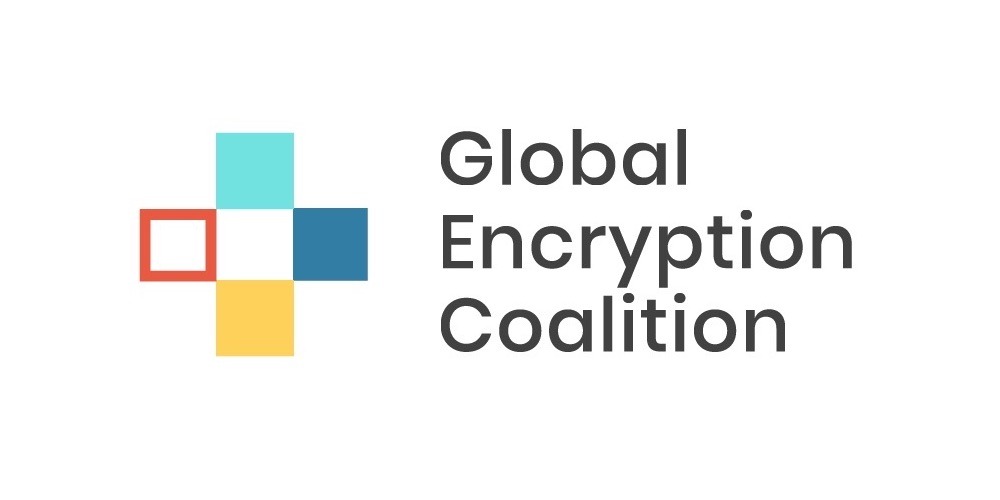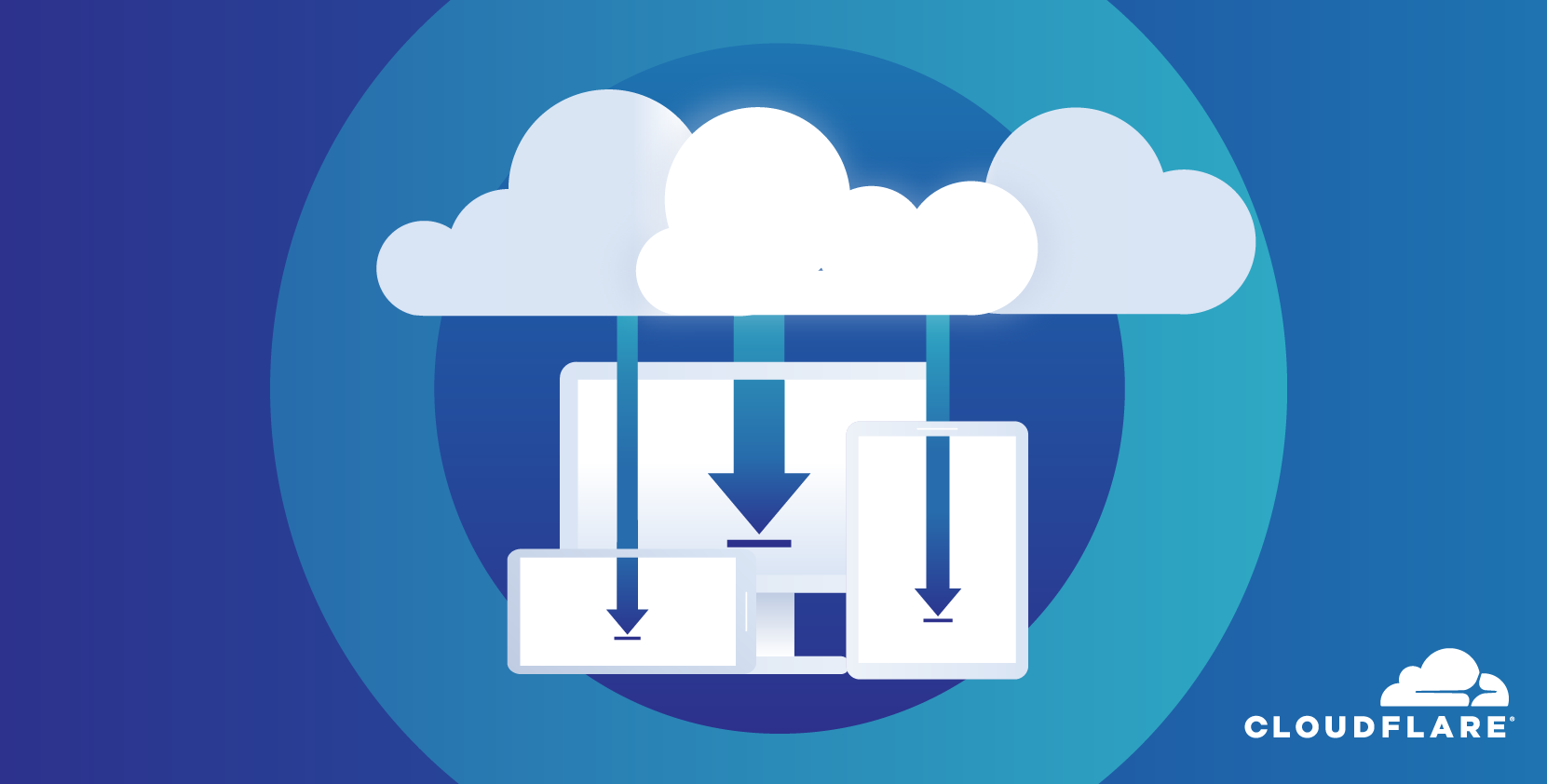Build an OpenStack/Ceph cluster with Cumulus Networks in GNS3: part 1
Introduction
I must have built OpenStack demos a dozen times or more over the past few years, for the purposes of learning, training others, or providing proof of concept environments to clients. However these environments always had one thing in common – they were purely demo environments, bearing little relation to how you would build OpenStack in a real production environment. Indeed, most of them were “all-in-one” environments, where every single service runs on a single node, and the loss of that node would mean the loss of the entire environment – never mind the lack of scalability!
Having been tasked with building a prototype OpenStack environment for an internal proof of concept, I decided that it was time to start looking at how to build OpenStack “properly”. However I had a problem – I didn’t have at my disposal the half-dozen or so physical nodes one might typically build a production cluster on, never mind a highly resilient switch core for the network. The on-going lockdown in which I write this didn’t help – in fact it made obtaining hardware more difficult.
I’ve always been inspired by the “cldemo” environments on Cumulus Networks’ GitHub and my first thought was Continue reading
Announcing the Launch of the Global Encryption Coalition

Today, more than 30 civil society organizations joined in launching the Global Encryption Coalition, to promote and defend encryption in key countries and multilateral gatherings where it is under threat. The new coalition is led by a Steering Committee consisting of the Center for Democracy & Technology (CDT), the Internet Society, and Global Partners Digital.
“The spread of COVID-19 has underlined the necessity of secure, private internet communications. Those who are fortunate enough to have strong internet connections are likely sharing increasing amounts of sensitive data online. At the same time, governments around the world are considering policies that put the security of that data at risk,” said Greg Nojeim, CDT’s Senior Counsel and Director of the Freedom, Security and Technology Project. “Encryption enables people to have private and secure digital lives.”
Working together with a membership that will quickly grow to include companies and technologists, CDT and the Coalition will help activists on the ground in key countries where it is under threat, like Canada, Australia, India, and Brazil, beat back proposals that would weaken encryption. “The Coalition will alert technologists to encryption threats around the world, and create mechanisms through which they can deliver expert analysis Continue reading
IPv6 Buzz 051: How The Work-From-Home Movement Affects IPv6 And The Internet
The IPv6 Buzz crew examine how the recent increase in working from home have affected Internet traffic as a whole--and IPv6 in particular. Will recent developments push IPv6 closer to a "tipping point"? What is VPN breakout and how is it impacted by IPv6? They discuss these topics and more.
The post IPv6 Buzz 051: How The Work-From-Home Movement Affects IPv6 And The Internet appeared first on Packet Pushers.
IPv6 Buzz 051: How The Work-From-Home Movement Affects IPv6 And The Internet
The IPv6 Buzz crew examine how the recent increase in working from home have affected Internet traffic as a whole--and IPv6 in particular. Will recent developments push IPv6 closer to a "tipping point"? What is VPN breakout and how is it impacted by IPv6? They discuss these topics and more.Feedback from Another SD-WAN Fan
I don’t know what’s wrong with me, but I rarely get emails along the lines of “I deployed SD-WAN and it was the best thing we did in the last decade” (trust me, I would publish those if they’d come from a semi-trusted source).
What I usually get are sad experiences from people being exposed to vendor brainwashing or deployments that failed to meet expectations (but according to Systems Engineering Director working for an aggressive SD-WAN vendor that’s just because they didn’t do their research, and thus did everything wrong).
Here’s another story coming from Adrian Giacometti.
Day Two Cloud 048: Migrating Your Data Center To The Cloud
If you're thinking about migrating applications from your data center to the cloud, prepare to do a lot of planning. Today's Day Two Cloud podcast delves into the gritty details with guest Sarah Lean, a Cloud Advocate at Microsoft. We discuss migration business drivers, what apps are better off staying on prem, tips to minimize migration pain, and more.
The post Day Two Cloud 048: Migrating Your Data Center To The Cloud appeared first on Packet Pushers.
Day Two Cloud 048: Migrating Your Data Center To The Cloud
If you're thinking about migrating applications from your data center to the cloud, prepare to do a lot of planning. Today's Day Two Cloud podcast delves into the gritty details with guest Sarah Lean, a Cloud Advocate at Microsoft. We discuss migration business drivers, what apps are better off staying on prem, tips to minimize migration pain, and more.The Hedge Episode 35: Peter Jones and Single Pair Ethernet

When you think of new Ethernet standards, you probably think about faster and optical. There is, however, an entire world of buildings out there with older copper cabling, particularly in the industrial realm, that could see dramatic improvements in productivity if their control and monitoring systems could be moved to IP. In these cases, what is needed is an Ethernet standard that runs over a single copper pair, and yet offers enough speed to support industrial use cases. Peter Jones joins Jeremy Filliben and Russ White to discuss single pair Ethernet.
Response: DHCP is not Intent Based Networking – Networkphil

Respnding to Phil's assertion that DHCP isn't Intent
The post Response: DHCP is not Intent Based Networking – Networkphil appeared first on EtherealMind.
NTC – NetDevOps Report
The network automation community is continuously expanding and evolving. This can make it challenging to get a feel for where you are at on the automation journey. To shed some light on the current state of network automation, the NetDevOps survey was created. It’s an independent survey of network practitioners that collects information about the state of NetDevOps in the real world. As you might expect, it reveals some interesting trends within the community. In this episode we speak with the organizers of the NetDevOps survey to discuss how it came to be and some of the interesting results from the 2019 report.
Outro Music:
Danger Storm Kevin MacLeod (incompetech.com)
Licensed under Creative Commons: By Attribution 3.0 License
http://creativecommons.org/licenses/by/3.0/
The post NTC – NetDevOps Report appeared first on Network Collective.
Essential Job Skills to Advance Your Business Degree
Obtaining a business degree does not guarantee you a job in these tough economic times. It is no guarantee that you will be able to obtain or maintain a job in the career of your choice. If you want to have a career in business, you need to develop some essential job skills. Here is a look at some of the essential job skills you need if you want to advance your business degree.
6 Necessary Skills to Advance Your Business Degree
Networking
Many people don’t consider networking an essential job skill, but it actually is one of the most important skills you need if you want to get a good job and advance in your career. Like other skills, networking is a learned skill. By becoming skilled at networking, you open yourself to a lot of available information and assistance in moving forward in the career of your choice.
Computer Skills
In today’s world of business, you need to have at least basic computer skills. You need to become familiar with word processing programs and spreadsheets, as well as powerpoint presentations and other types of computer programs necessary to perform business basic tasks associated with your business.
Communication Skills
The Internet Is Resilient Enough to Withstand Coronavirus – But There’s a Catch

Earlier this year, as COVID-19 began to dominate our lives, the world turned to the Internet. This sudden shift to distance learning, working from home, and families sheltering in place drove up online streaming demand, placing additional load on Internet application platforms like Zoom, Netflix, and educational tools such as Kahoot. There was also a dramatic traffic increase across supporting network providers.
Faced with the specter of millions of daily Zoom calls and endless hours of Netflix binging, many wondered if the Internet could handle the strain of such rapid traffic growth and increased latency. Would it cause a catastrophic failure of the Internet? Our answer then: not likely.
But were we right? As the world is now more than a month into mandatory lockdowns and stay-at-home orders, with anticipated growth in application platform usage, media consumption, and overall Internet traffic, we can now state:
“No – increased Internet usage will not cause a catastrophic Internet failure.”
As expected, the Internet has remained resilient. There is no single “Internet” to catastrophically fail, thanks to its foundational “network of networks” architecture.
This architecture means that many interconnected participants all have a role in keeping the Internet resilient:
- Subscriber (“last Continue reading
Backblaze B2 and the S3 Compatible API on Cloudflare

In May 2020, Backblaze, a founding Bandwidth Alliance partner announced S3 compatible APIs for their B2 Cloud Storage service. As a refresher, the Bandwidth Alliance is a group of forward-thinking cloud and networking companies that are committed to discounting or waiving data transfer fees for shared customers. Backblaze has been a proud partner since 2018. We are excited to see Backblaze introduce a new level of compatibility in their Cloud Storage service.
History of the S3 API
First let’s dive into the history of the S3 API and why it’s important for Cloudflare users.
Prior to 2006, before the mass migration to the Cloud, if you wanted to store content for your company you needed to build your own expensive and highly available storage platform that was large enough to store all your existing content with enough growth headroom for your business. AWS launched to help eliminate this model by renting their physical computing and storage infrastructure.
Amazon Simple Storage Service (S3) led the market by offering a scalable and resilient tool for storing unlimited amounts of data without building it yourself. It could be integrated into any application but there was one catch: you couldn’t use any existing standard Continue reading
Do We Need Bare Metal Servers in Public and Private Clouds?
Whenever I was comparing VMware NSX and Cisco ACI a few years ago (in late 2010s in case you’re reading this in a far-away future), someone would inevitably ask “and how would you connect a bare metal server to a VMware NSX environment?”
While NSX-T has that capability since release 2.5 (more about that in a later blog post), let’s start with the big question: why would you need to?
NodeJS Notes: Functions
All about functions in NodeJS.NodeJS Notes: Functions
Functions allow you to implement repeatable block of code. Functions are first class objects. Functions are called in order to execute the code within the function. Functions have a variable scope that is local to the function itself. Standard Functions // Typescript version with type...Javascript Notes: Functions
Functions allow you to implement repeatable block of code. Functions are first class objects. Functions are called in order to execute the code within the function. Functions have a variable scope that is local to the function itself. Standard Functions // Typescript version with type...continue reading